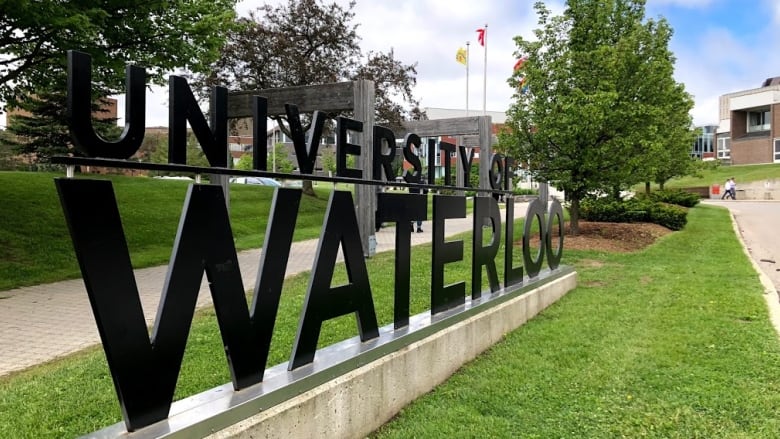University of Waterloo team tests electrical repairs in zero gravity as way to extend space travel
Team wins overall excellence award from Canada's space agency

A University of Waterloo engineering team's theory could help extend the duration and distance a spacecraft can travel.
As it stands now, repairing electronics in space can prove difficult. The equipment either needs to be shipped back to earth for repair or astronauts must repair the devices themselves, creating costly and logistically challenging barriers to space travel.
But the issue the University of Waterloo team is attempting to address is onboard electrical repairs.
Soldering, the common repair method used here on Earth, isn't so simply applied in the absence of gravity.
That's where the University of Waterloo's Space Soldering Team comes into action. Devshi Perera is a co-lead of the team. She said that when solder is melted to repair or form new connections, it releases small gas bubbles.
"In normal gravity, they usually flow out to the surface. They come out because of this concept in physics called buoyancy," she said. "But in space, it's zero gravity, you don't have buoyancy."
Perera said that with the elimination of buoyancy, these gas bubbles are trapped in the melted metal, creating electrically less conductive and mechanically weaker joints.
In July, Perera and her co-lead Megan Chang climbed aboard a microgravity-simulating Falcon 20 spacecraft as part of the Canadian Reduced Gravity Experiment Design Challenge (CAN-GRX) in partnership with Canadian Space Agency, Students for the Exploration and Development of Space (SEDS) Canada and The National Research Council of Canada.
Their goal was to engineer a new way to solder in space.
"Our team came up with using a centrifuge to basically simulate gravity," said Chang.
A centrifuge, Chang explained, was a spinning device that might typically be used in medicine to separate liquids with different densities. A spinning centrifuge creates a constant centrifugal force (force due to rotation), simulating gravity.
"If we can simulate gravity, then perhaps we can use that on the solder joints," she said.
In a promotional video for the challenge,SEDS Canada called it a "unique opportunity for students to develop skills in STEM, to fly onboard a parabolic aircraft and to conduct research in an environment that is unparalleled to here on Earth."
Overall, Chang saidthe experiment was a success. The Waterloo Space Soldering Team was able to make 790 solder joints and won the CON-GRX overall excellence award.
"Soldering and space is already so essential because astronauts need to repair, assemble and maintain electrical components on the spacecraft," Perera said. "Whether it's repairing the spacecraft itself, satellites, Rovers or other space equipment."
"If you think about the future of space travel for things like deep space, long duration space exploration missions, electrical components can really degrade overtime and require replacement," said Perera.












_(720p).jpg)


 OFFICIAL HD MUSIC VIDEO.jpg)
.jpg)



























































































